In 1991, The Denver Museum of Natural History developed a simple yet accurate approach to classifying Colorado’s ecosystems. The eight ecosystems have familiar, descriptive names and reflect the realities of nature and of Colorado’s topography.
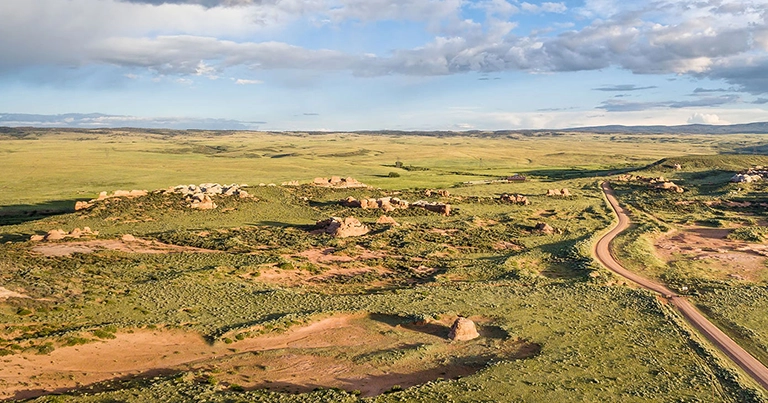
Grasslands
The prairie grassland found east of the mountains is semi-arid. It’s a land of perennial grasses, shrubs, and forbs, with trees found along waterways. About 40% of Colorado was once grassland. Now, most grassland is in agricultural use.
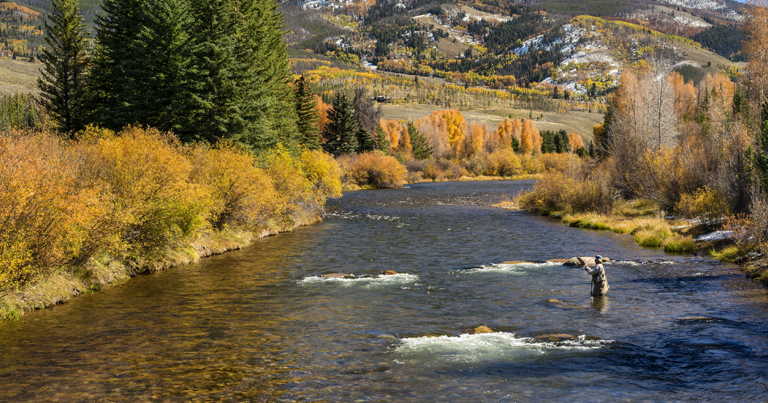
Riparian
Riparian habitats (wetlands) are found along rivers, streams, ponds, and water sources from the plains to the alpine tundra. They include cattail marshes, streamside cottonwood groves, willow thickets, and much more. Nearly 75% of wildlife depends, to some degree, on wetlands.
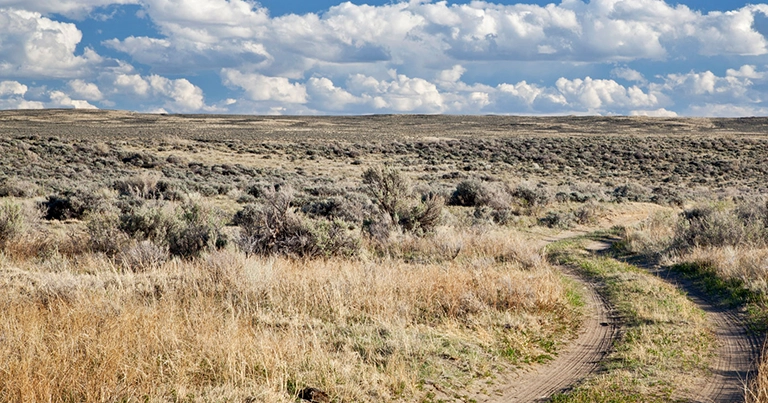
Semi-desert Shrubland
The most widespread type of semidesert shrubland is the sagebrush steppe. Sagebrush is the collective name for a number of similar shrubs which are recognizable by the distinctive blue-green coloration of their tiny leaves.

Pinyon Juniper Woodland
Pinyon-Juniper woodland, affectionately nicknamed “PJ”, dominates the slopes above the sagebrush and below the ponderosa pines in southern and western Colorado. This dry forest is highly distinctive both in appearance and in biodiversity.
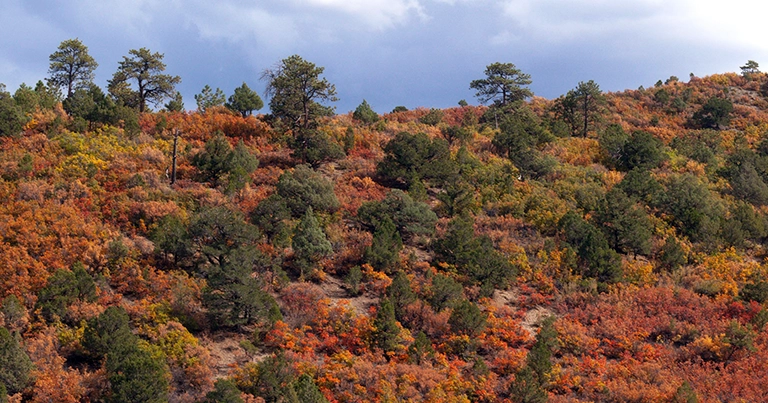
Montane Shrubland
Large areas of the foothills and mesas in the southern and western parts of Colorado are covered by a mix of deciduous shrubs, including scrub oak, manzanita, serviceberry, mountain mahogany, skunkbrush, snowberry, and bitterbrush.

Montane Forest
The most widespread type of semidesert shrubland is the sagebrush steppe. Sagebrush is The name “Montane Forest” is a very broad designation that applies to several different forest types that grow between about 6,000 and 9,000 feet in Colorado. Most of these are coniferous or mixed forest types.
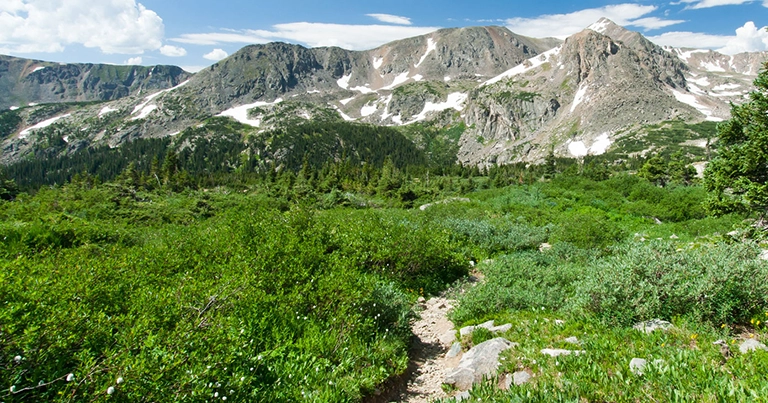
Subalpine Forest
This habitat is also called boreal forest or spruce-fir forest, since its dominant trees are Engelmann spruce and subalpine fir. Both of these are high-elevation conifers with pointy tops and short needles.
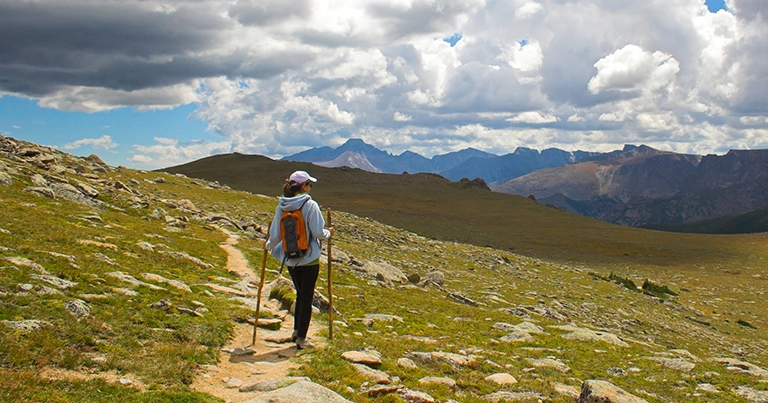
Alpine Tundra
The alpine tundra is the fragile community of grasses, sedges and dwarf plants that occurs above treeline in the Rockies. In Colorado, treeline is typically somewhere in the neighborhood of 11,500 feet.
